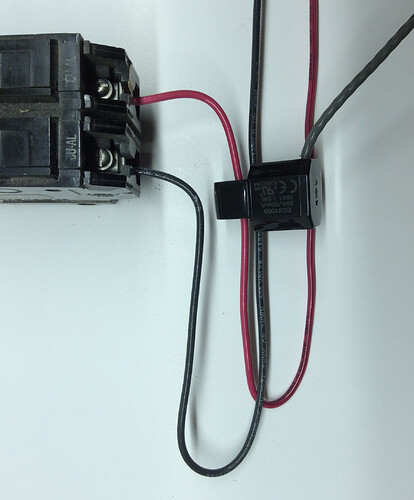I’m gonna weigh in n this discussion because I think there is a different perspective that hasn’t been emphasized enough.
While much is made of the differences between the North American Power System (NAPS) and the system widely in use in many other parts of the world (EUPS for lack of a better term), my take is that they are more alike than they are different, and I think this thread gets to the heart of it with the discussion on metering. What follows applies only to residential and light commercial service. For industrial use, they both are three-phase and are pretty much identical.
The EUPS is commonly referred to as 230V single-phase. The NAPS can be referred to as 240V split-phase. They both have a base voltage in common, and I think the UK is actually still 240V in some areas that are not yet in harmony.
The way I see it, the advantage offered with the center tap is primarily a safety benefit. It makes 120V available which is more than adequate for most household appliances. There is a maximum 120V potential between any single conductor and earth. While still potentially lethal, it’s nowhere near the whallop of a 240V shock.
I believe the energy measured using the current on each leg, and the voltage between the two legs, is valid regardless of whether there is a slight imbalance between the two, or in the extreme case there is only a single 120V load on one of the legs. I don’t believe the voltage between either leg and the neutral is significant from the perspective of the electric utility that is selling you the power. While the meter plug was originally designed for a mechanical analog meter, the formula for an electronic meter would be power = V x (IL1 + IL2) / 2 (sorry, no math editor, real power calculation is assumed).
The voltage swing created by an imbalance between IL1 and IL2, while a theoretical problem for a home energy meter, is of little interest to the utility. The voltage imbalance is overwhelmingly a consequence of the resistance of the neutral line between the pole transformer and the meter. It reflects energy that is being consumed by that conductor in the form of heat. The Utility is simply charging you for that energy along with everything that is being consumed on your side of the meter. To de-rate a 120V load by using the voltage at the meter would require that the utility pay for the heat generated by your neutral line. The way this system works, with voltage between the two hot leads used for billing, they are already paying for the much greater heat being generated by those two conductors. It seems only fair that you pay for the lowly neutral line heat.
To aspire to be absolutely correct, a home energy meter should use a 240V transformer and apply it in equal proportion to the two legs, ignoring the voltage swing to neutral.
Whether or not you elect to go the extra distance to use a 240V reference, the measurement of a so called three-wire 240V appliance can be easily and accurately accomplished by passing both conductors through a single CT, taking care to pass one in the opposite direction of the other.
This works just like the electric meter and if you use a 240V transformer, is oblivious to any voltage variation caused by leg imbalance.
All that said, I’ve done many studies of NAPS voltage and power measurement using both 120V and 240V reference simultaneously. I am of the firm opinion that for the vast majority of users, there is no practical advantage to using the 240V transformer.
Edited power formula to add rather than multiply the current on the two legs.

